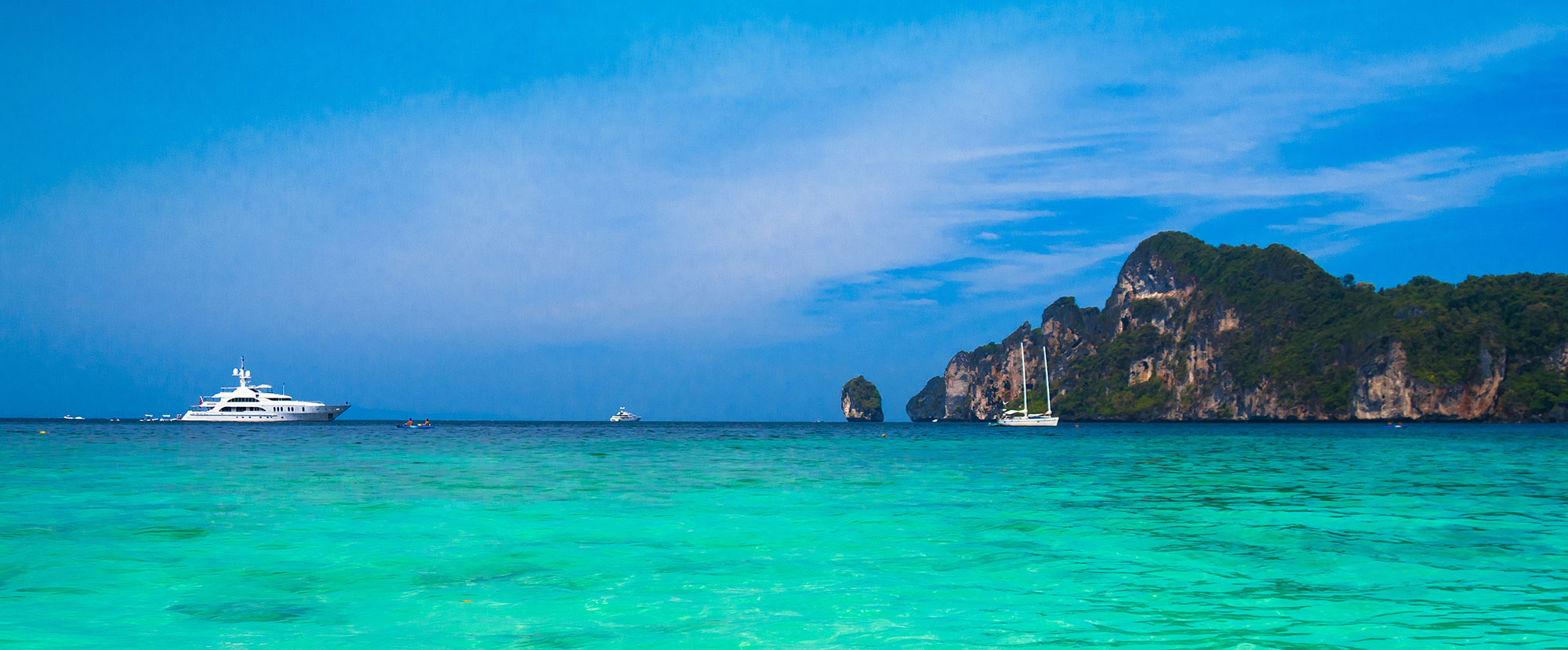
News Details
Protecting Marine Areas: the way forward to regenerate the ocean Posted on September 18, 2015
I was delighted this month to learn that here in the Caribbean, The Bahamas has just announced a major expansion of its marine protected areas. This means that The Bahamas is well on its way towards meeting a commitment made as part of the Caribbean Challenge Initiative (CCI) Leaders Summit of 2013: to protect at least 20 per cent of their marine environment by 2020. The Summit took place on Necker Island in 2013 and I was lucky enough to attend.

It’s great to know the new protected areas in the Bahamas will help conserve and protect habitat for grouper and bonefish spawning aggregations, coral reefs, sea grass meadows, mangrove nurseries, and important bird areas. As well as the creation of these new protected areas, The Bahamas has made sure to establish a trust fund dedicated specifically to financing their management. This is all wonderful news, and much needed.
It struck me upon reading this, that if smaller Island nations can do this, so can bigger countries. Science suggests we need to fully protect very large areas of ocean from destructive and extractive activities, so that at least 30 per cent of the global ocean is fully protected. And the reasons why are simple and profound.
The ocean provides the oxygen for every second breath that we take; locks down 25 per cent of the carbon dioxide that we emit and provides food for millions of people across the planet. It drives the weather, and its great currents bring sustenance to the plates of billions around the world. However, ocean waves hide the biggest potential threat to life on our planet. A combination of overfishing, pollution and warming and acidifying seas threaten this life support system. Marine reserves could lessen the impacts by helping restore and restock marine life, encourage species abundance and diversity, and build resilience to change.

Designating very large ocean areas as fully protected marine reserves where no destructive or extractive activities take place from the Arctic to the Antarctic and everywhere in between, could be the simplest way revitalize and regenerate our living planet. It is staggering to think that about 70 per cent of the Earth’s surface is ocean, that is contains a greater diversity of life than anywhere on land, and yet, less than 3 per cent is fully protected. Individually and together, governments are beginning to recognize the need for action, and we now have an opportunity to actively encourage them to do so.
Next month, governments will decide whether to declare what has been described by some scientists as the ‘Serengeti of the ocean,’ Antarctica’s Ross Sea, as well as large areas of the Southern Ocean near East Antarctica as protected areas. More than four years in the making, with a proposal led by the United States and New Zealand and supported by the Antarctic Oceans Alliance, this would be a step toward the creation of a broad system of Southern Ocean marine reserves, and protect life at sea on an order of magnitude greater than anything before.
I have also been following the work at the UN for high seas protection. Once thought to be barren and devoid of life, the high seas are one of the largest reservoirs of biodiversity on Earth. UN negotiations for a new treaty to protect life in the global ocean have begun, but time is of the essence. These negotiations need to speed up and the resulting treaty needs to enable the full protection of large areas of these international waters.

The United Kingdom declared its intention to protect the waters around the Pitcairn Islands earlier this year. With the Chagos Islands already a marine reserve, the UK should now look to the Ascension Islands and South Sandwich and South Georgia to establish greater protections and reinforce global leadership on this issue. In 2014, President Obama expanded the US Pacific Remote Islands Marine National Monument that was first established by President Bush. A number of groups are now also calling for the protection of Cashes Ledge and the New England Canyons and Seamounts, which lie about 150 miles off Cape Cod and have been called the “Yellowstone of the North Atlantic,” by my fellow Ocean Elder, Sylvia Earle.
Palau’s President Tommy Remengesau is working to ban all commercial fishing from his country’s Exclusive Economic Zone and fully protect 80 per cent of itand in South America, momentum seems to be building for the creation of one of the world’s biggest ocean protected areas, Easter Island, a province of Chile that lies about 4000 kilometres from the mainland with support from the local Mayor and peoples and the Chilean government. Chile is preparing to host the second “Our Ocean” meeting in early October (the first was convened last year by John Kerry, the US Secretary of State) and I look forward to seeing what commitments are made there by Chile and others.

Now is the time for a massive groundswell that reflects the realities of the 21st century. So instead of destroying life in the sea, we must regenerate and rebuild it. Marine Protected Areas across the globe are the key to making sure this happens. From small to large, from the tropics to the icy frontiers, we need protection and we need to get moving on all fronts.